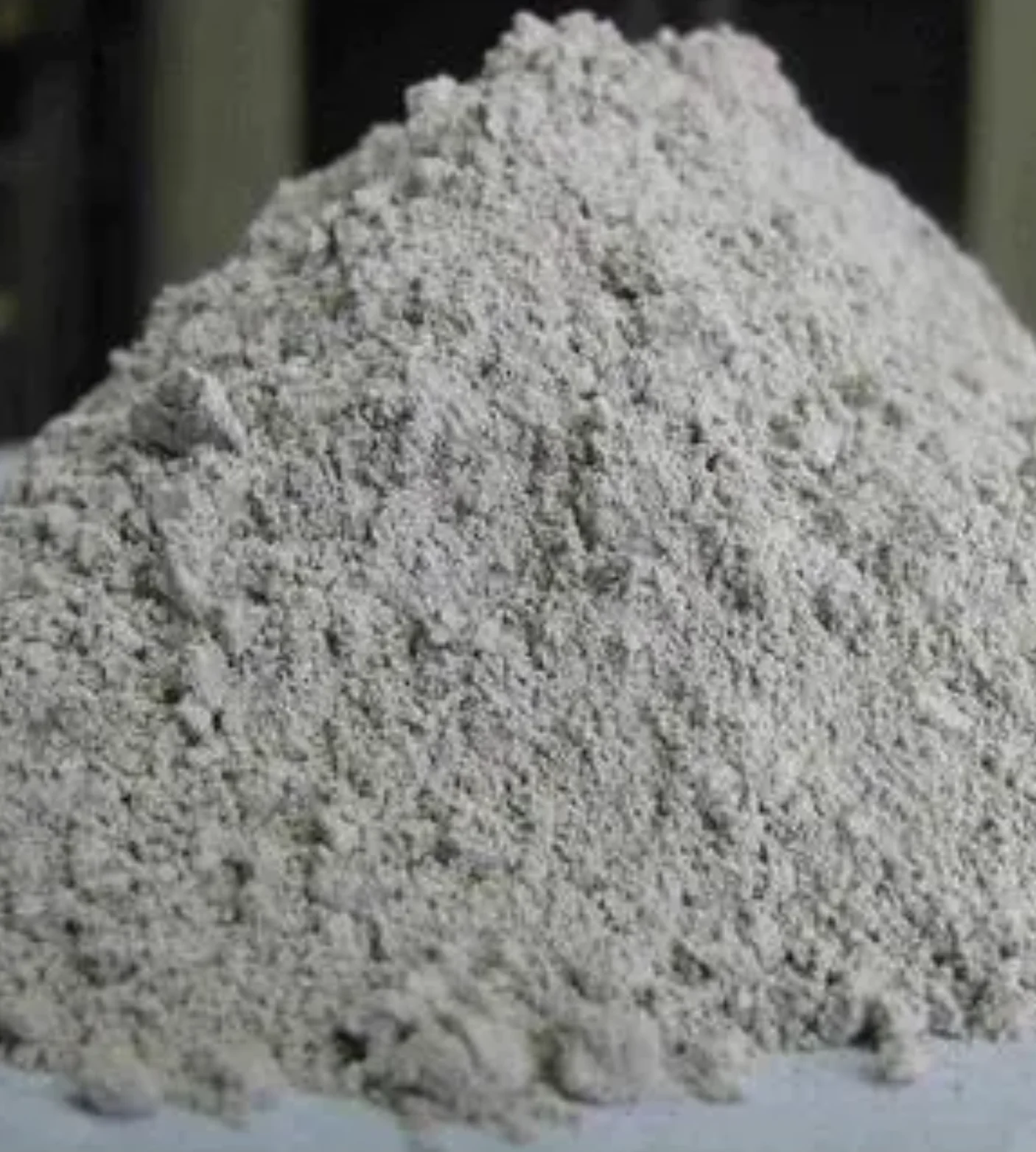Fire Cement

Fire Cement
Fire cement, also known as refractory cement, is a specialized type of cement designed to withstand high temperatures. Its key specifications include its ability to resist high temperatures, typically up to 1650°C (3000°F) or higher. It’s characterized by its high alumina content (70%) and specific proportions of other compounds like calcium oxide (CaO), silica (SiO2), and ferric oxide (Fe2O3). Fire cement is used for bonding and jointing refractory bricks, shapes, and other materials in high-temperature applications like furnaces and kilns.
Key Specifications:
Temperature Resistance:
Fire cement is designed to withstand high temperatures, often exceeding 1650°C (3000°F).
Composition:
Typically, it contains a high percentage of alumina (Al2O3), along with calcium oxide (CaO), silica (SiO2), and ferric oxide (Fe2O3).
Setting Properties:
Fire cement can be air-setting, meaning it hardens at room temperature, and its strength increases with temperature.
Applications:
It’s used for bonding and jointing refractory materials in furnaces, kilns, and other high-temperature applications.
Form:
Fire cement is available in powder form and is mixed with water or a silicate solution for application.
Packaging:
It’s often packed in airtight containers like plastic pails or bags.
Shelf Life:
Fire cement typically has a shelf life of around 6 months to 1 year.
Color:
The color can vary, with common options including tan grey, grey-white, or white.
Grade:
Different grades are available, such as Moderate Heat Duty (MHD), High Heat Duty (HHD), and Super Heat Duty (SHD), depending on the specific application and temperature requirements.
Examples of Fire Cement Applications:
Furnace Construction:
Bonding and jointing refractory bricks and shapes in the construction and lining of furnaces.
Kiln Construction:
Securing refractory materials in kilns used for firing ceramics, pottery, and other materials.
Other Refractory Applications:
Used in various other high-temperature applications where a strong, heat-resistant bond is needed.
